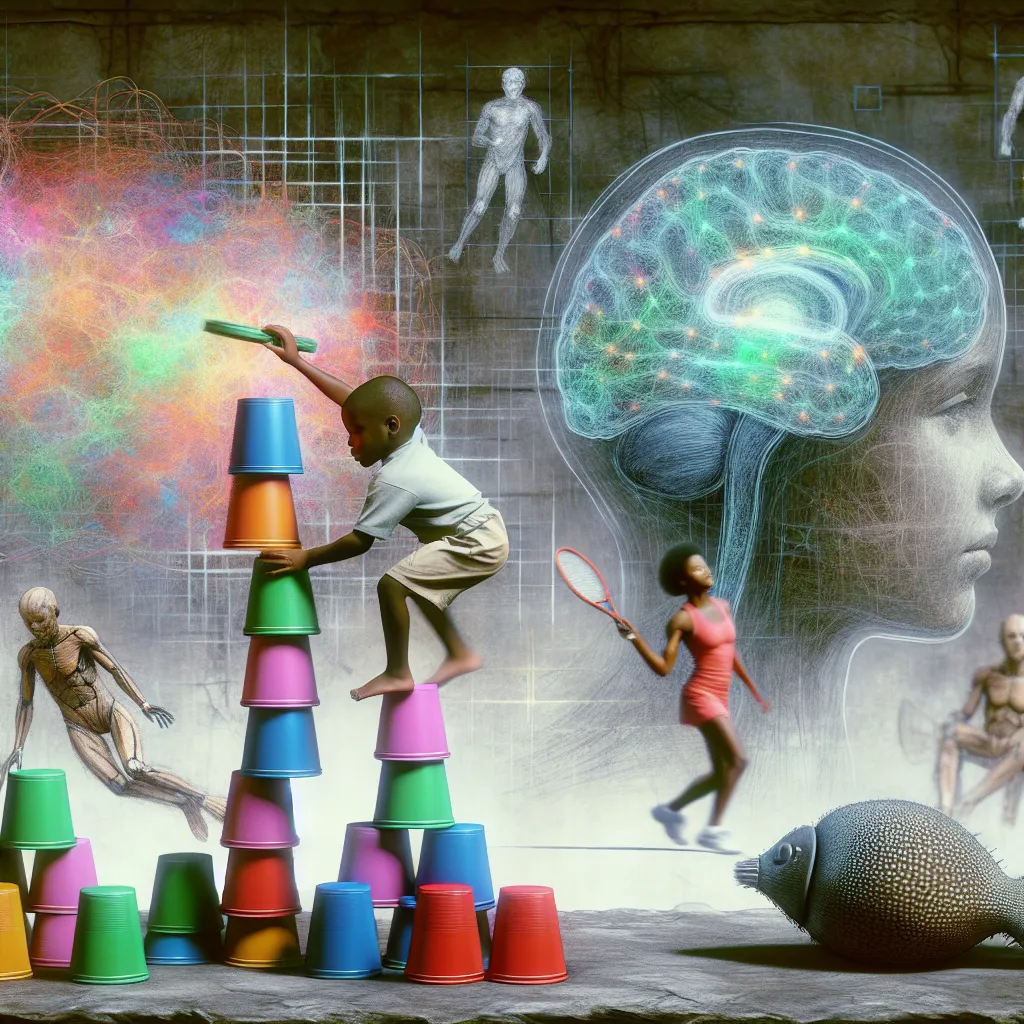In the world of quantum physics, even when a field is in its ground state, it doesn’t stay completely still. Thanks to the Heisenberg uncertainty principle, there’s always some level of vibration happening. Particles constantly appear and disappear, borrowing energy from the vacuum when they pop into existence and returning it just as quickly when they annihilate.
This energetic dance collectively sums up to zero net real particles. Real particles are only created when enough energy is transferred from one field to another, causing an excitation. These excitations represent real particles, and because fields are quantized, excitations occur only in specific quantities.
For instance, an excitation in the electron field must happen in integer multiples of 0.511 Mega electron volts, which is the mass of a single electron. So, the field can have energy levels like 1.022 MeV (equal to the energy of two electrons) or other multiples of 0.511. However, it can’t have a non-integer multiple like 0.7 MeV.
In summary, the quantum fields are always buzzing with activity even when no particles are visibly present, each contributing to a delicate balance only disrupted by the precise energies needed to create real particles.






